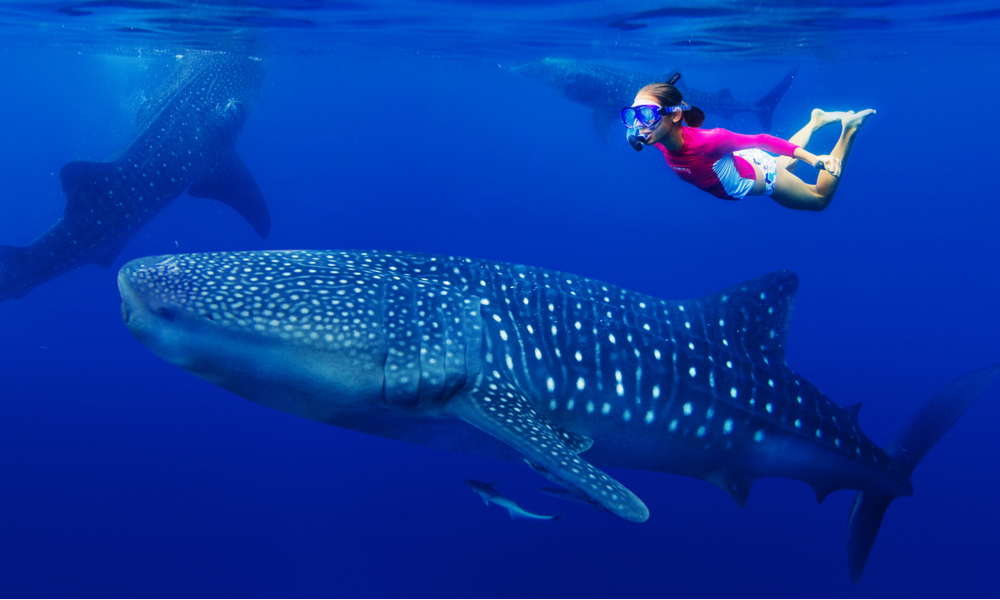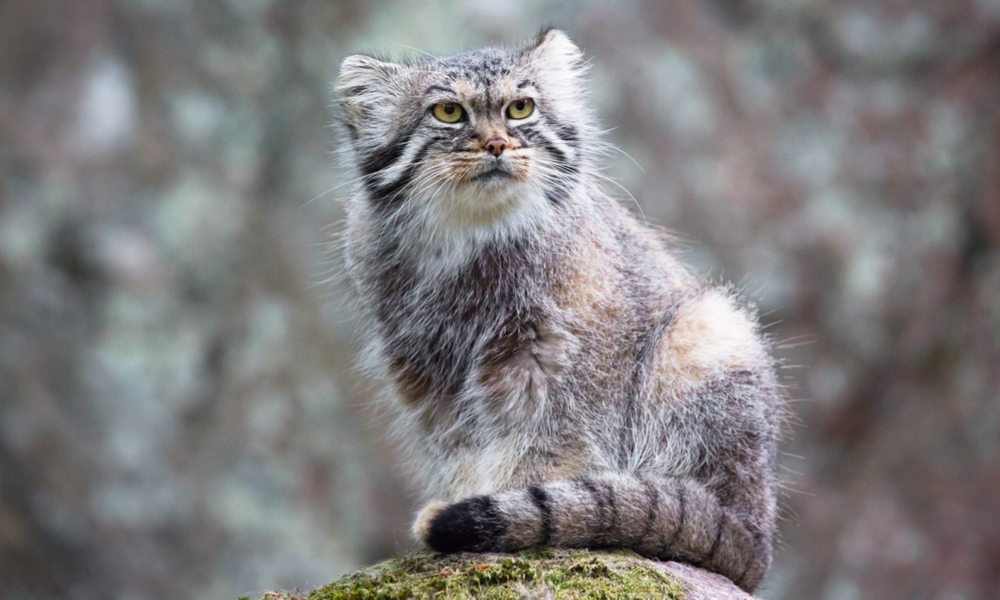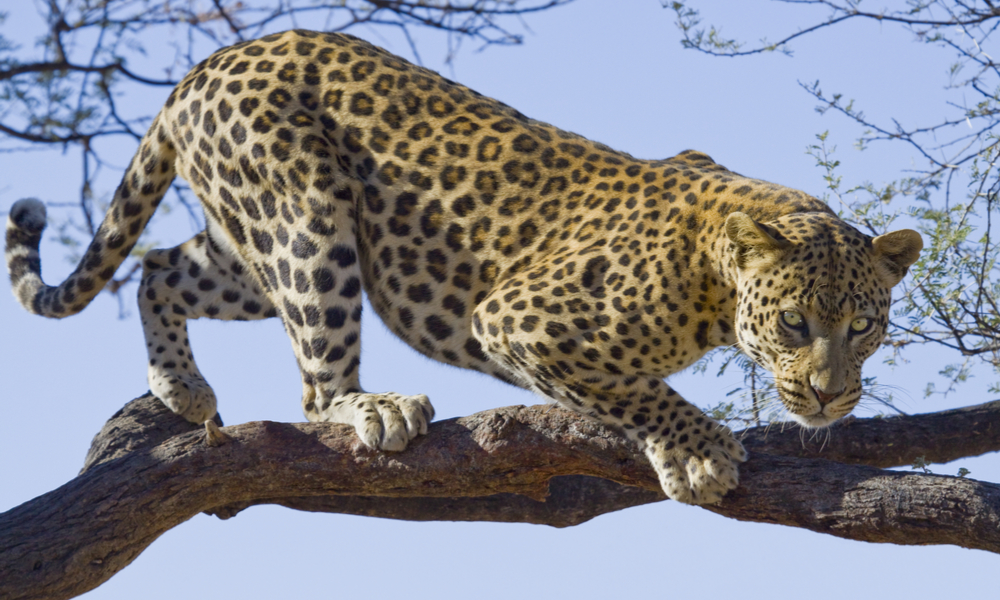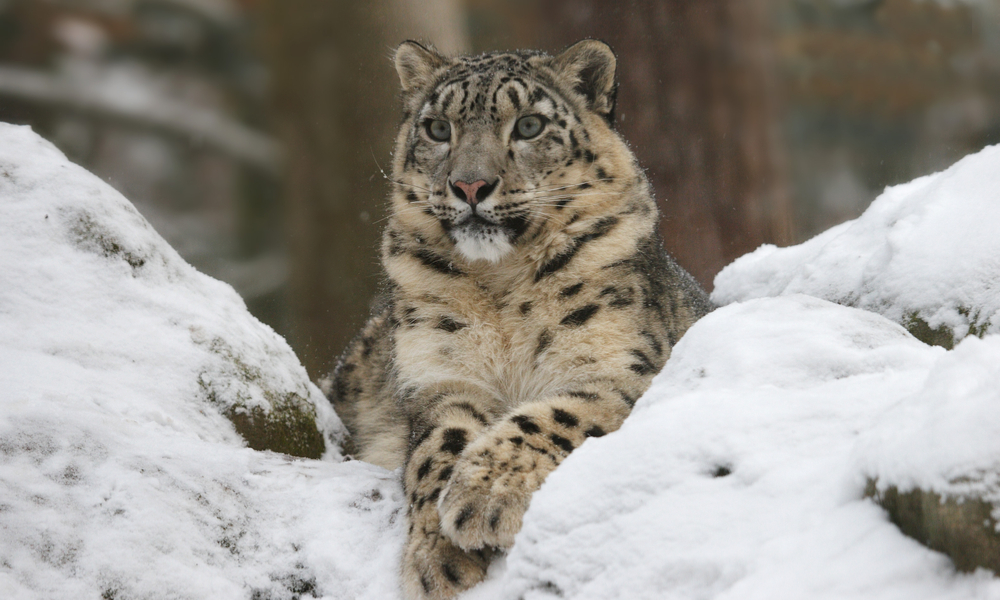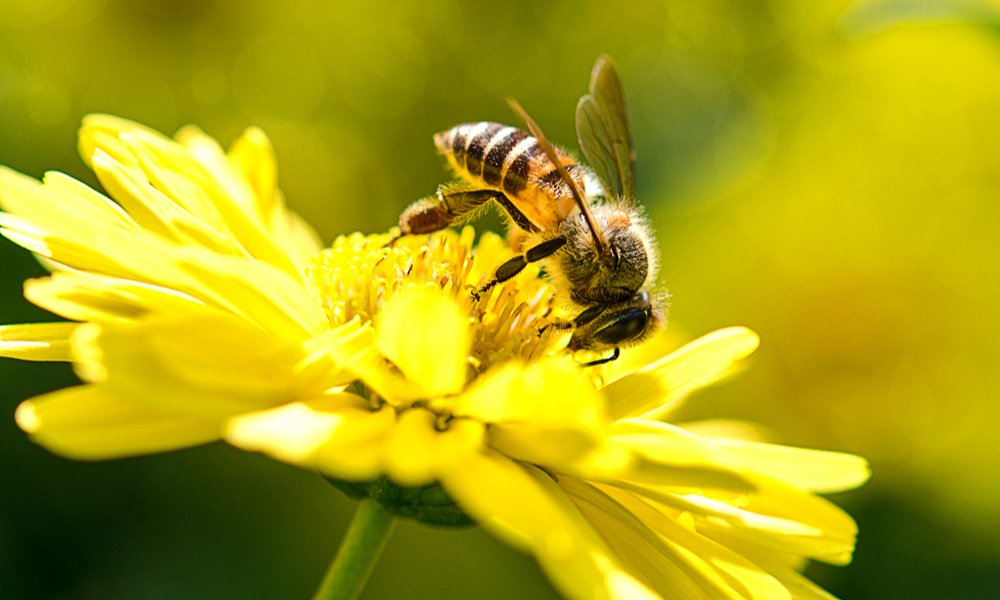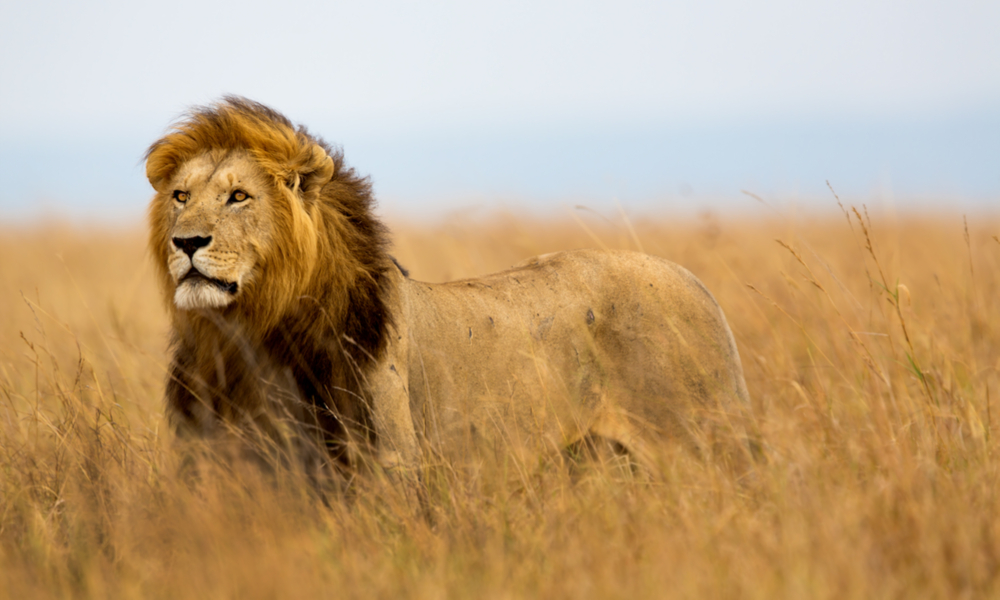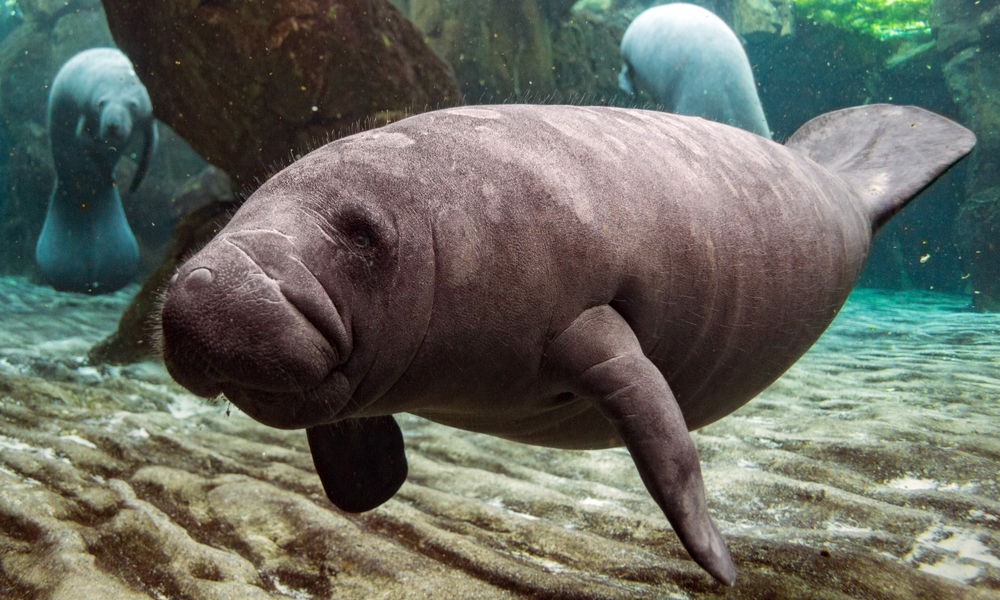The thrill of encountering wildlife in its natural setting is unmatched. For those of us who are passionate about animals and the natural world, the opportunity to observe endangered species in their native environments is not just exciting — it’s a privilege that comes with a profound sense of responsibility. It’s a chance to connect with the planet’s most vulnerable inhabitants and contribute to the vital efforts aimed at their preservation.
Across the globe, conservationists and wildlife enthusiasts are working tirelessly to protect endangered species from the brink of extinction. By embarking on journeys to witness these animals in the wild, we also choose to support conservation initiatives that are crucial for their survival. So, gear up, fellow conservation-minded travelers, and prepare for an unforgettable voyage into the heart of nature’s most precious wonders.
Whale Sharks — Honduras
Embark on an unforgettable journey to the crystal-clear waters off the coast of Honduras. Here, you have the opportunity to swim alongside the whale shark, the largest fish in the sea. Yes, they are, in fact, “fish.” Despite their misleading name, the whale shark is more shark than whale. Unlike their mammalian namesakes, whale sharks are cold-blooded, gill-breathing denizens of the deep, fascinating for their filter-feeding behavior and majestic size.
The Whale Shark and Oceanic Research Center is located on the island of Utila, which is part of the Bay Islands off the northern coast of Honduras. The center offers eco-friendly excursions dedicated to the conservation of these awe-inspiring creatures. So, pack your gear for an adventure of a lifetime, diving into the pristine habitats that these remarkable fish call home.
Polar Bears — Canada
Who doesn’t love polar bears? And Manitoba, Canada is renowned as one of the rare places where you can observe these Arctic giants up close. Each year, from October to November, the town of Churchill becomes a hotspot for witnessing the remarkable migration of polar bears as they journey from their summer habitats to the icy shores in search of food. It’s a sight to behold as these magnificent creatures traverse the frozen landscape, offering a glimpse into their fascinating way of life. With guided tours and expert insights, you’ll have the opportunity to witness this incredible spectacle while learning about the conservation efforts aimed at protecting these iconic symbols of the Arctic wilderness.
Pallas Cats — Siberia
Discover the Pallas cat, which is often dubbed the “Grumpy Cat” of the wild because of its surly appearance. The Pallas cat is a small but fiercely independent feline with a distinctly expressive face that resembles a perpetual frown. Native to the cold and remote regions of Central Asia, these elusive creatures thrive in the high altitudes of the Siberian Altai Mountains, where their thick, luxurious fur keeps them warm in frigid temperatures. Unlike their more sociable feline counterparts, Pallas Cats are solitary animals, preferring the vast, undisturbed expanses of their habitat in Sailyugemsky Nature Park.
Their survival, however, hangs in the balance due to threats like poaching and habitat destruction. In response to their declining numbers, a proactive conservation effort has been established within the park, dedicating a 32-square kilometer reserve to safeguard these unique animals. This sanctuary offers them a refuge from human threats and serves as a critical research site for scientists working to understand and protect the Pallas cat’s future.
Saimaa Ringed Seals — Finland
Dare to brave the cold for a chance to witness one of Finland’s most iconic and endangered species at Lake Saimaa in Savonlinna, Finland. Here, you’ll have the opportunity to spot the elusive Saimaa ringed seals. These adorable creatures, native to the freshwater lakes of Finland, are facing significant threats due to habitat loss and human activities. Despite their endangered status, Lake Saimaa not only provides a glimpse into the lives of these unusual seals but also offers a range of activities such as kayaking and camping amidst stunning natural scenery.
African Leopards — Tanzania
To spot the elusive African leopard in its natural habitat, look no further than Tanzania’s Serengeti National Park. This vast expanse of wilderness is not only home to plenty of captivating creatures but also serves as a sanctuary for the endangered leopard. Thanks to dedicated conservation efforts, sightings of these majestic felines are practically guaranteed on safari excursions through the park. As you embark on your journey through the Serengeti’s breathtaking landscapes, keep your eyes peeled for the stealthy movements of these spotted beauties. It’s an opportunity to witness the raw beauty of nature and contribute to the preservation of one of Africa’s most iconic big cats.
Himalayan Snow Leopards — Mongolia
Buckle up for an adventure in Mongolia’s remote Altai Mountain Range. The Himalayan snow leopard is an elusive feline — often referred to as the “grey ghost” due to its stealthy nature — that roams these pristine landscapes, blending seamlessly with the snow-covered terrain. Despite the snow leopard’s reputation for stealth, dedicated wildlife enthusiasts can embark on expeditions to catch a glimpse of this majestic creature in its natural habitat. Sightings may require a big deal of patience and perseverance, but the unparalleled thrill of encountering the “ghost of the mountains” will make the journey worthwhile.
Honey Bees — Hawaii
Seriously, can we save the bees already? Join the cause and explore beekeeping farms on your trip to Hawaii, where you can witness these vital pollinators in action. Despite the presence of bee farms globally, honey bees continue to face threats to their survival. This is particularly worrisome as a substantial portion of food crops in the United States relies on honey bee pollination.
In Hawaii’s balmy climate, however, beekeeping takes on a comfortable tropical charm, offering visitors a fascinating glimpse into the world of these industrious insects. In Hawaii, you get to not only appreciate the beauty of these buzzing creatures but also contribute to their conservation efforts.
Lions — Tanzania
Ready for an awe-inspiring safari adventure? Head to Tanzania’s Selous Game Reserve, one of the largest and most breathtaking faunal reserves globally, to witness the majesty of lions in their natural habitat. While lions are iconic symbols of African wildlife, their populations are declining due to various threats, including habitat loss and human-wildlife conflict.
With its vast expanses of savannah and diverse ecosystems, Selous provides an ideal haven for these magnificent creatures. Embark on a safari, where chances are actually very good of spotting lions in their element. As you marvel at the sight of these majestic predators roaming the plains, you’ll create unforgettable memories and support the conservation efforts aimed at safeguarding the future of lions in Tanzania and beyond.
You May Also Like: Preserving Paradise – Endangered Species to Spot in Costa Rica
West Indian Manatees — Belize
Meet the adorable West Indian manatee in its Caribbean sanctuary. Head over to the ultra-relaxed vibes of Caye Caulker, Belize, where you’ll immerse yourself in the island’s carefree atmosphere, complete with signs proclaiming “No shirt, no shoes… No problems.” Despite being moved off the endangered list, West Indian manatees still require protection measures to ensure their continued survival.
Dive into eco-friendly adventures and get up close with these gentle giants in the crystal-clear waters of the Great Belize Barrier Reef, where they thrive amidst vibrant marine life. By participating in manatee eco-dives, you both witness their charm and contribute to their ongoing conservation efforts. So, slip into your swimsuit and prepare for an unforgettable encounter with Belize’s beloved sea cows.
FAQs:
Q: Where can I find more information about planning a trip to see these endangered species?
A: For more information on planning trips to see endangered species, consider contacting local tour operators, wildlife conservation organizations, or national park authorities in their respective countries. They can provide details on guided tours, accommodation options, and conservation efforts in the area.
Q: Are there any specific times of the year that are better for spotting these endangered species?
A: The best time for spotting endangered species varies depending on factors such as migration patterns, breeding seasons, and weather conditions. Researching the species you’re interested in and consulting with local experts or tour operators can help determine the optimal time for wildlife sightings.
Q: What should I pack for a trip to observe these endangered species?
A: Essential items to pack for wildlife observation trips include sturdy footwear, lightweight and breathable clothing suitable for the climate, binoculars or a camera with a zoom lens, sunscreen, insect repellent, and a reusable water bottle.
Q: Are there any ethical considerations to keep in mind when visiting habitats of endangered species?
A: It’s crucial to prioritize ethical wildlife viewing practices to minimize disturbance to the animals and their habitats. Always follow local regulations and guidelines, maintain a respectful distance from wildlife, and avoid feeding or touching animals.
Q: What are some ways I can support the conservation of these endangered species during my trip?
A: You can support conservation efforts by choosing eco-friendly tour operators and accommodations, participating in wildlife monitoring or research programs, donating to reputable conservation organizations, and raising awareness about the importance of protecting endangered species among friends and family.
Q: Are there any safety precautions I should be aware of when encountering wildlife in their natural habitat?
A: It’s essential to prioritize safety when encountering wildlife. Follow instructions from guides or park rangers, stay in designated viewing areas, and avoid sudden movements or loud noises that may startle animals. Keep a safe distance from potentially dangerous species and never approach or attempt to feed wild animals. Always respect wildlife and their natural behaviors.
Have you ever encountered an endangered animal on your travels abroad? Tell us all about it in our comments section below!


